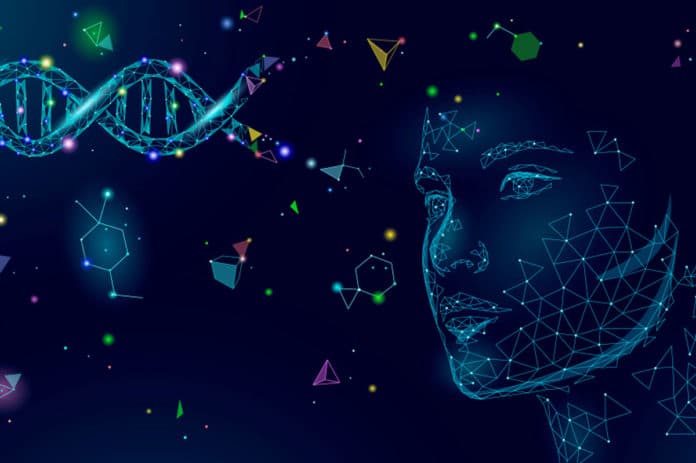While predicting what someone’s face looks like based on a DNA sample remains extremely problematic, it is getting easier to filter the right face from a face database.
Using what they know about how DNA shapes the human face, an international team led by KU Leuven built an algorithm that scans through a database of images and selects the faces that could be linked to the DNA.
As our physical appearance, including our face, is hardwired into our genetic material. Scientists have already identified multiple genes that determine the shape of our face – from the distance between our nostrils to the shape of our chin.
An electrotechnical engineer Peter Claes of KU Leuven, the senior and corresponding author of the study explains that it still doesn’t mean that we can draw somebody’s face based on a DNA sample. He said, “We believe that the shape of our face is determined by thousands of genes, but also by the food we eat and other living conditions. Therefore, it is unlikely that we will ever be able to accurately predict a lifelike face from DNA alone.”
With the new tool hooked up to a large face database, investigators would get a range of possible reference faces instead of a single, limited sketch.
“This method mostly helps rule people out. In practice, we don’t usually get any further than a sort of reference face, such as ‘a European male’. That’s not much use to a forensic investigator. Unfortunately, while we are learning about more and more genes that determine certain aspects of our face, this does not yet sufficiently translate to a better match between the predicted face and the faces in the database.”
Researchers also trying to develop a reverse approach that works better. “Instead of going from DNA to face, we’re trying to go from face to DNA. Using special software, we measure each face and check if this face is a possible outcome based on a unique bit of DNA.”
“It then becomes a game of ‘guess who’. If the face is male and the DNA says it is a woman, all the men are eliminated. If the hair is blond and the genetic material confirms this, that eliminates all other hair colors. “
“The more genes we identify, the more accurate this method becomes, and it will only continue to improve as our knowledge of the relevant genes grows.”
And if the face that you are looking for is not present in the database, then you will at least have a list of faces that look a lot like the one you are looking for. This requires large face databases, such as ID card or driver’s license databases. So, of course, there is an ethical-legal matter to consider, says Claes. “Working with databases that contain private information such as DNA or faces requires strict supervision to prevent misuse.“
Their findings were published in Nature Communications.
